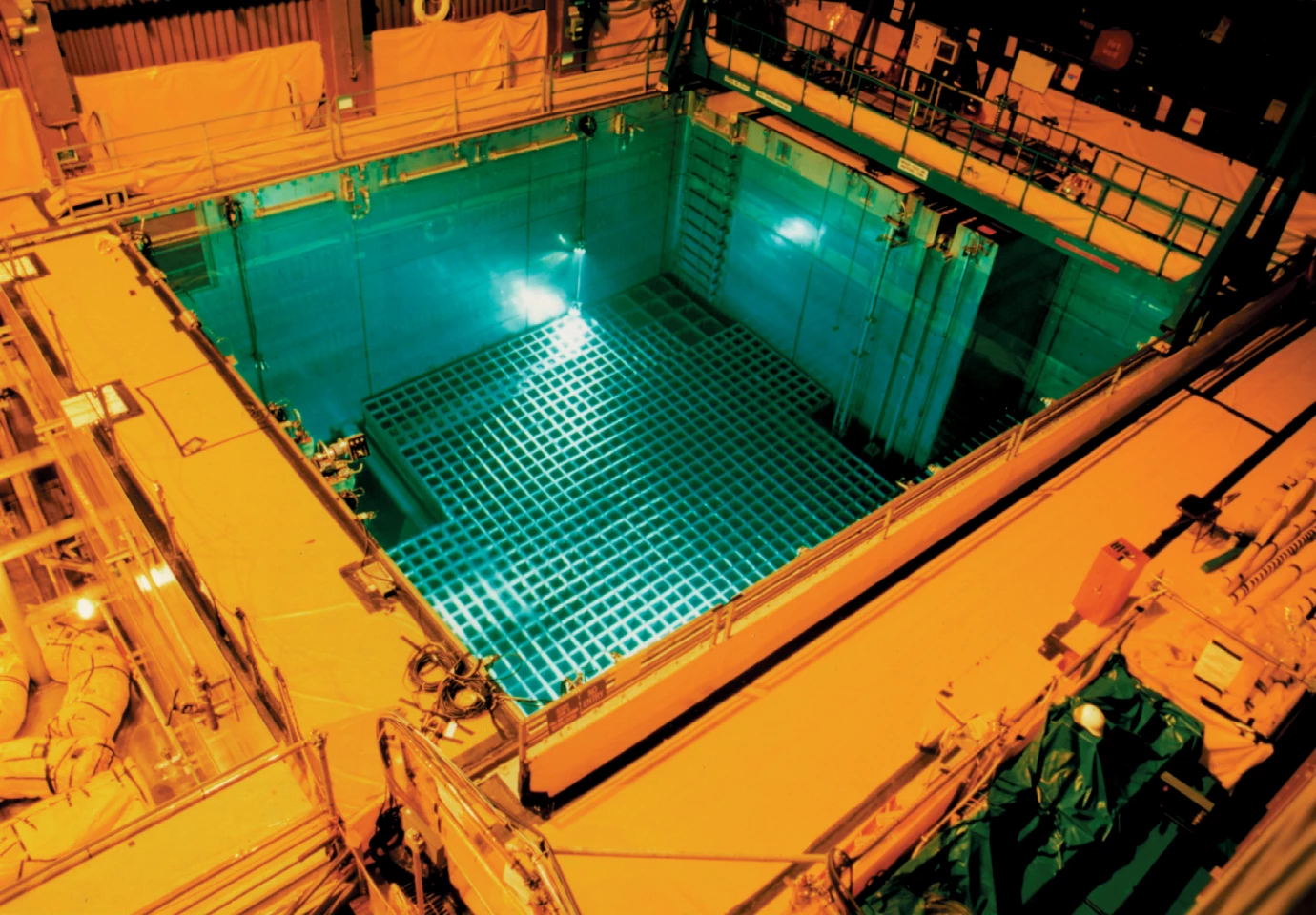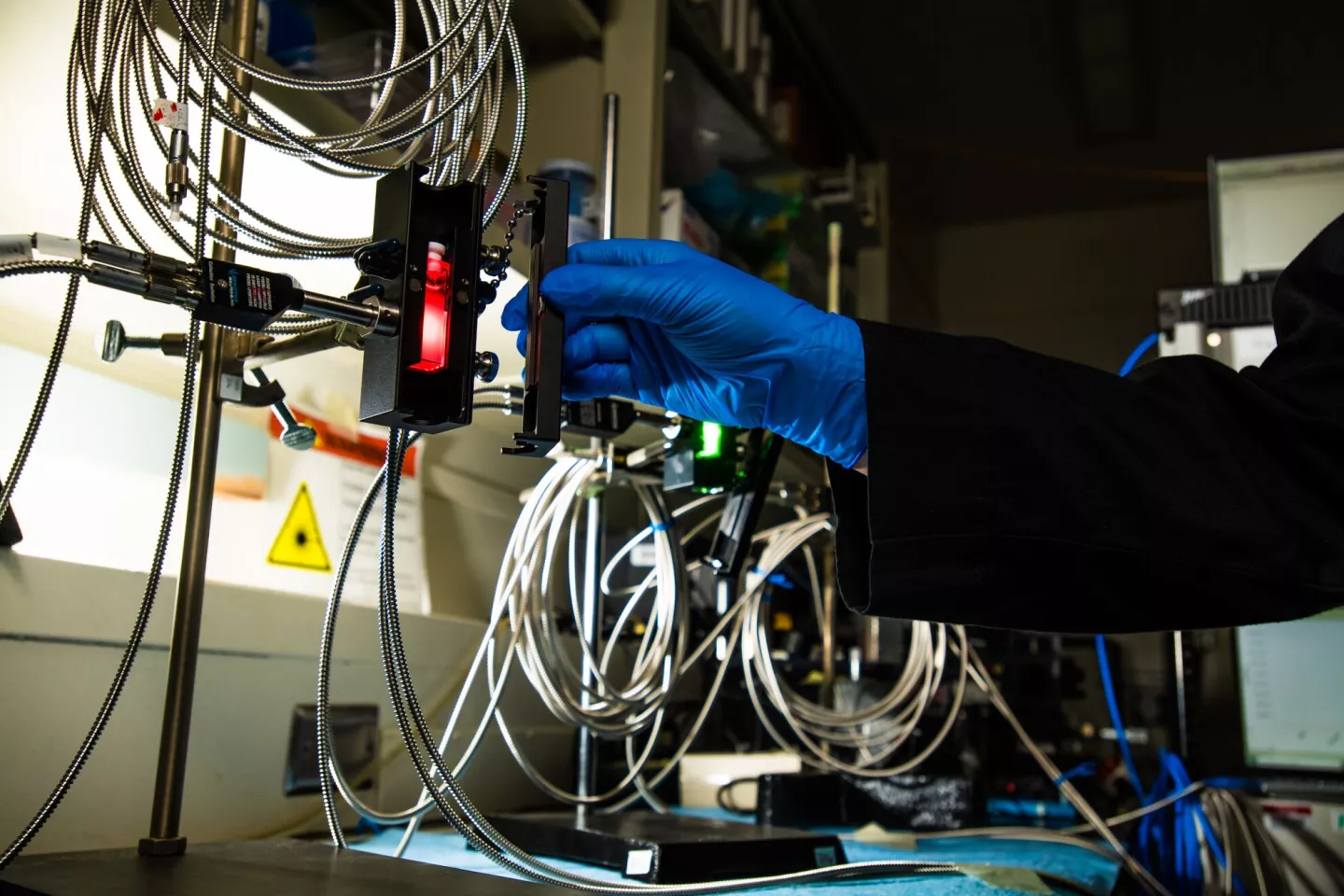To reduce high-level radioactive waste and make nuclear reactors more economical, researchers at the Pacific Northwest National Laboratory (PNNL) are working on ways to use real-time spectroscopic monitoring to improve the recycling of spent nuclear fuel.
One of the big selling points of nuclear power is the tiny amount of fuel needed to power a reactor. A single nuclear fuel pellet weighing only 0.35 oz (10 g), puts out the equivalent energy of a tonne of coal, but the surprising thing is that when this pellet is "exhausted," it still has 95 percent of fissionable material in it, still unburned.
In the United States, the standard option for spent nuclear fuel is to store it underground, but contrary to the popular image, these storage facilities are not designed to dispose of this fuel forever, but to hold it until it's wanted again. This is because there's still a lot of uranium and plutonium in spent fuel, along with a huge variety of extremely valuable radioactive isotopes that are in great demand in medical and engineering circles.

This is the real problem with spent fuel, which is made up of a complex mixture of elements from half the periodic table. Separating these out is very difficult, and has been compared to trying to unmix salad dressing to get the original ingredients back. Though fuel processing is a major industry, it's slow, expensive, and raises the danger of producing pure plutonium, which raises nuclear proliferation issues.
To improve the recycling process, PNNL is looking at using Raman spectroscopy to monitor spent fuel in real time as it flows in a solution past a sensor. Raman systems are chemical analysis techniques that use the interaction of light with the chemical bonds in a molecule to get information about its chemical structure, phase and polymorphy, crystalline structure, and molecular interactions.

Using this data, it may be possible to monitor spent fuel in industrial quantities as it is converted to liquid form and then sent to a centrifuge, which separates out the different elements by mass. The real-time monitoring allows for tighter control of the ratio between uranium and plutonium, and removes the unwanted elements and isotopes to produce new recycled fuel that can be burned in advanced reactors.
"Real-time monitoring was pivotal to determining exact chemical elemental ratios," says Amanda Lines, a PNNL chemist. "We really focused on the uranium-plutonium percentages and knew exactly what they were at any given point. Ultimately, it empowers researchers and operators by providing nearly instantaneous information to help control and understand chemical processes."
“This technology is cost efficient and enables incredible opportunities to develop and advance recycling approaches,” she added.
The research was published in ACS Sensors.
Source: PNNL







